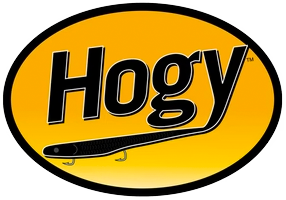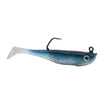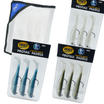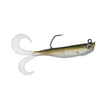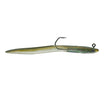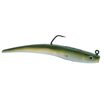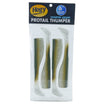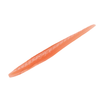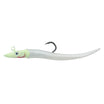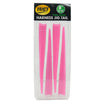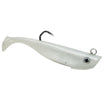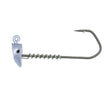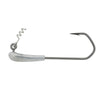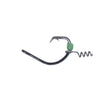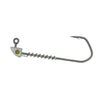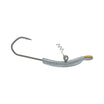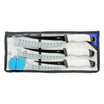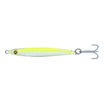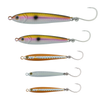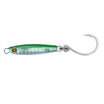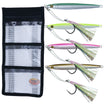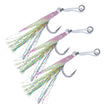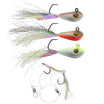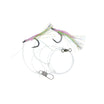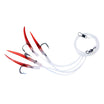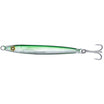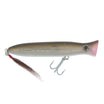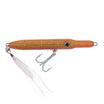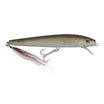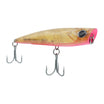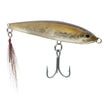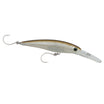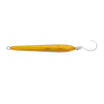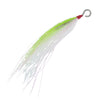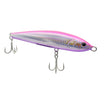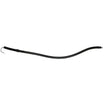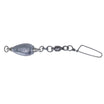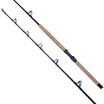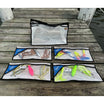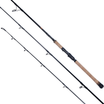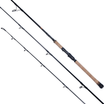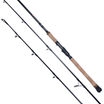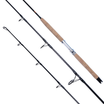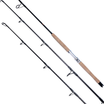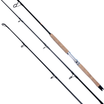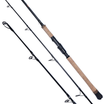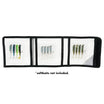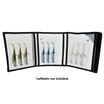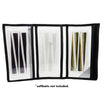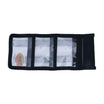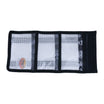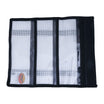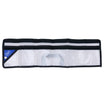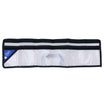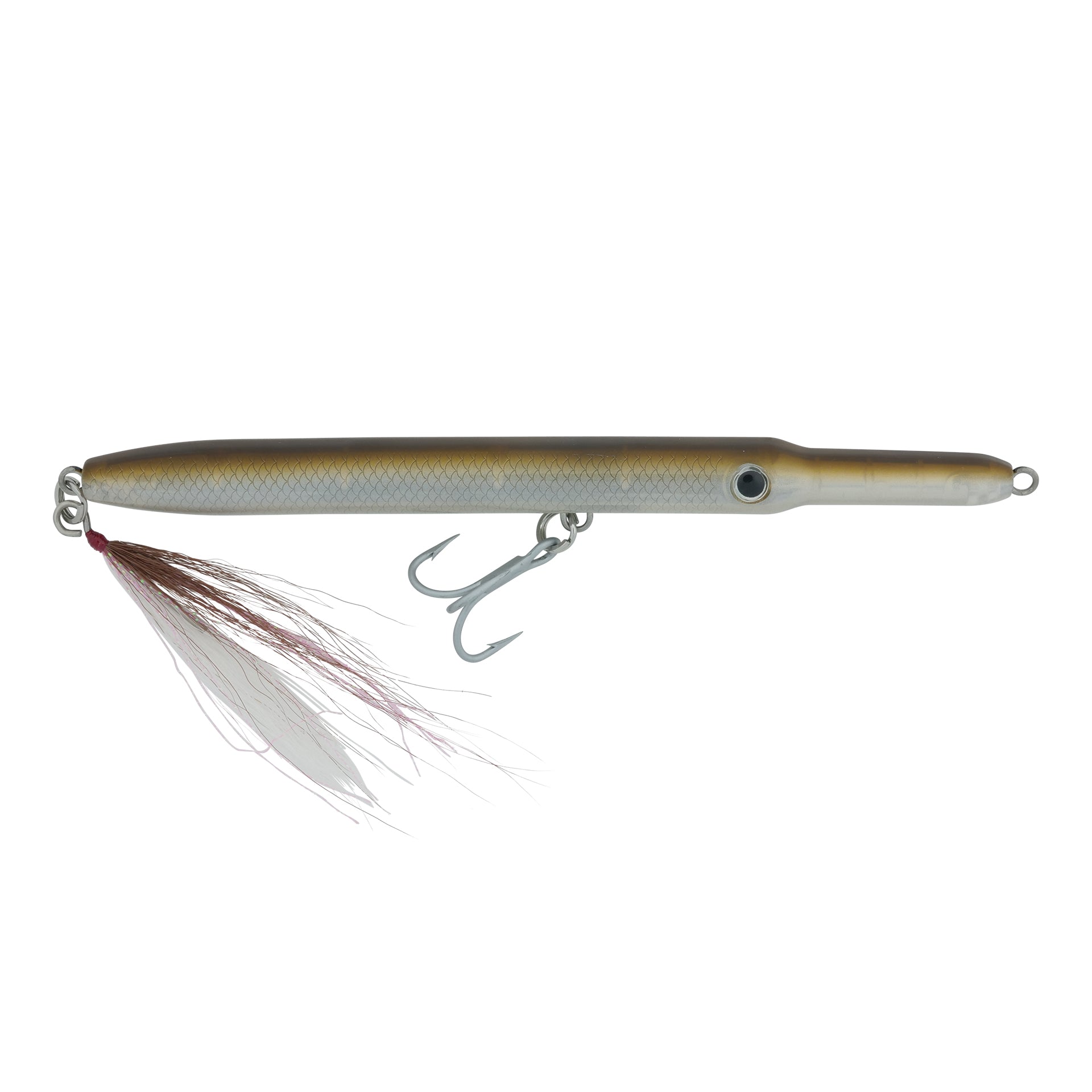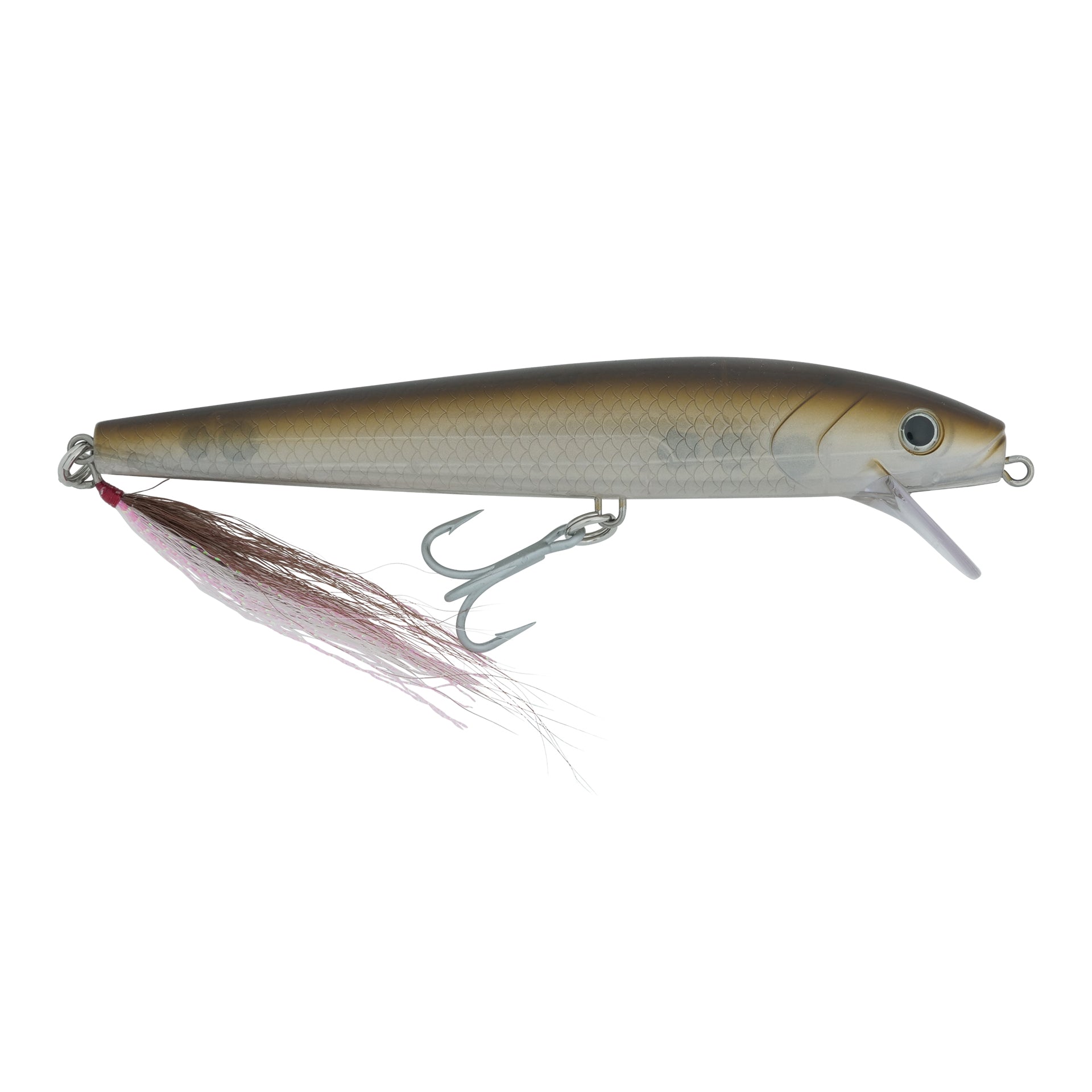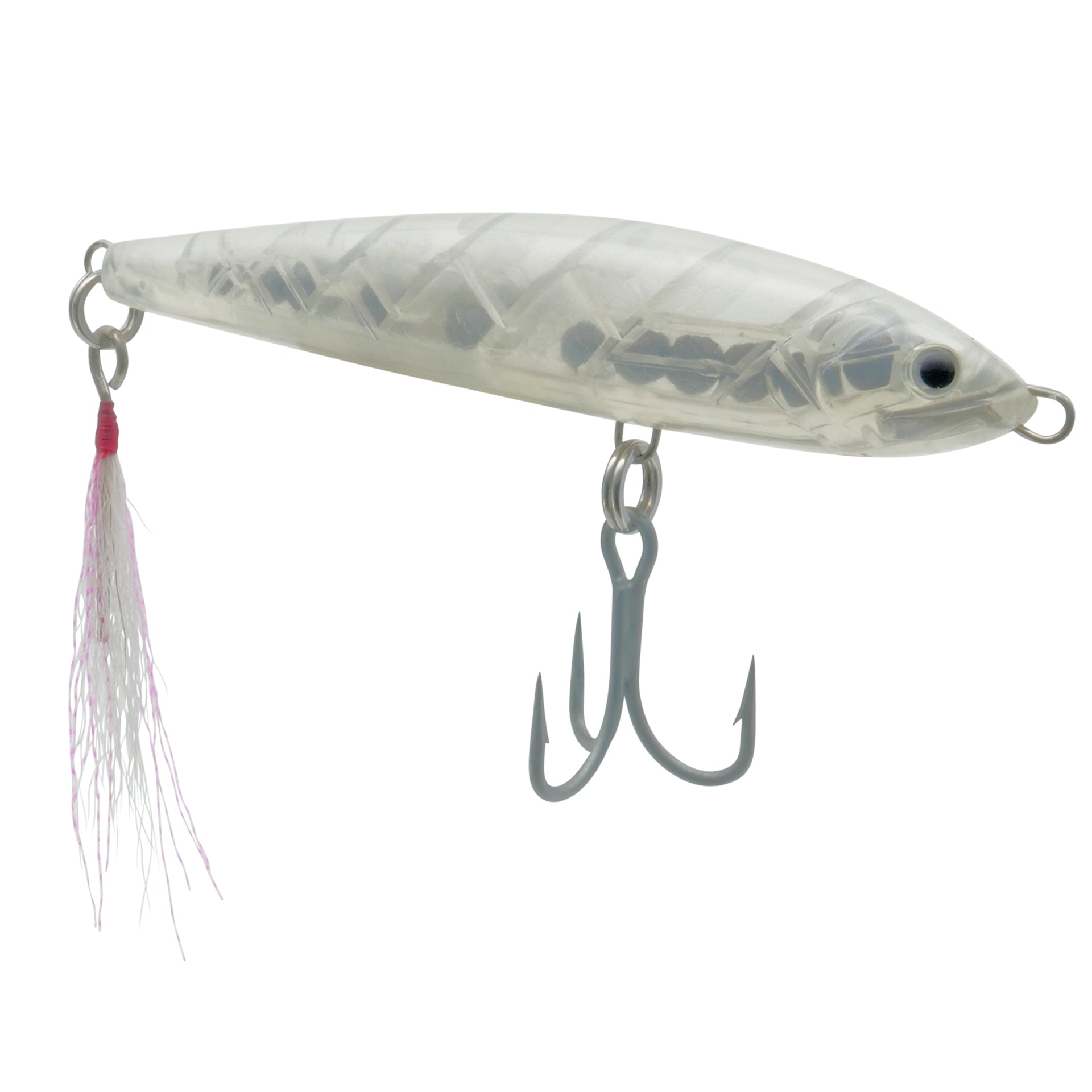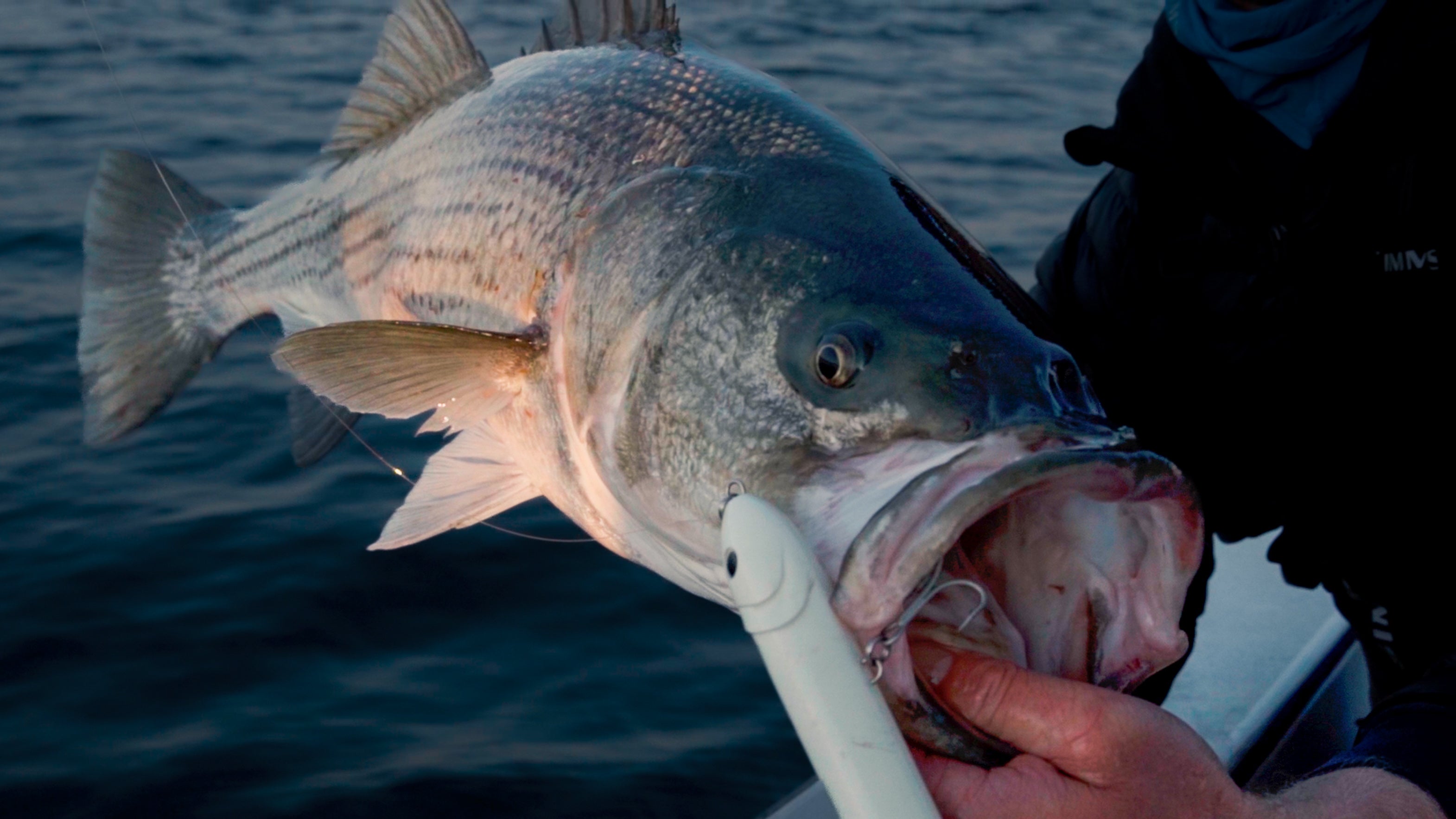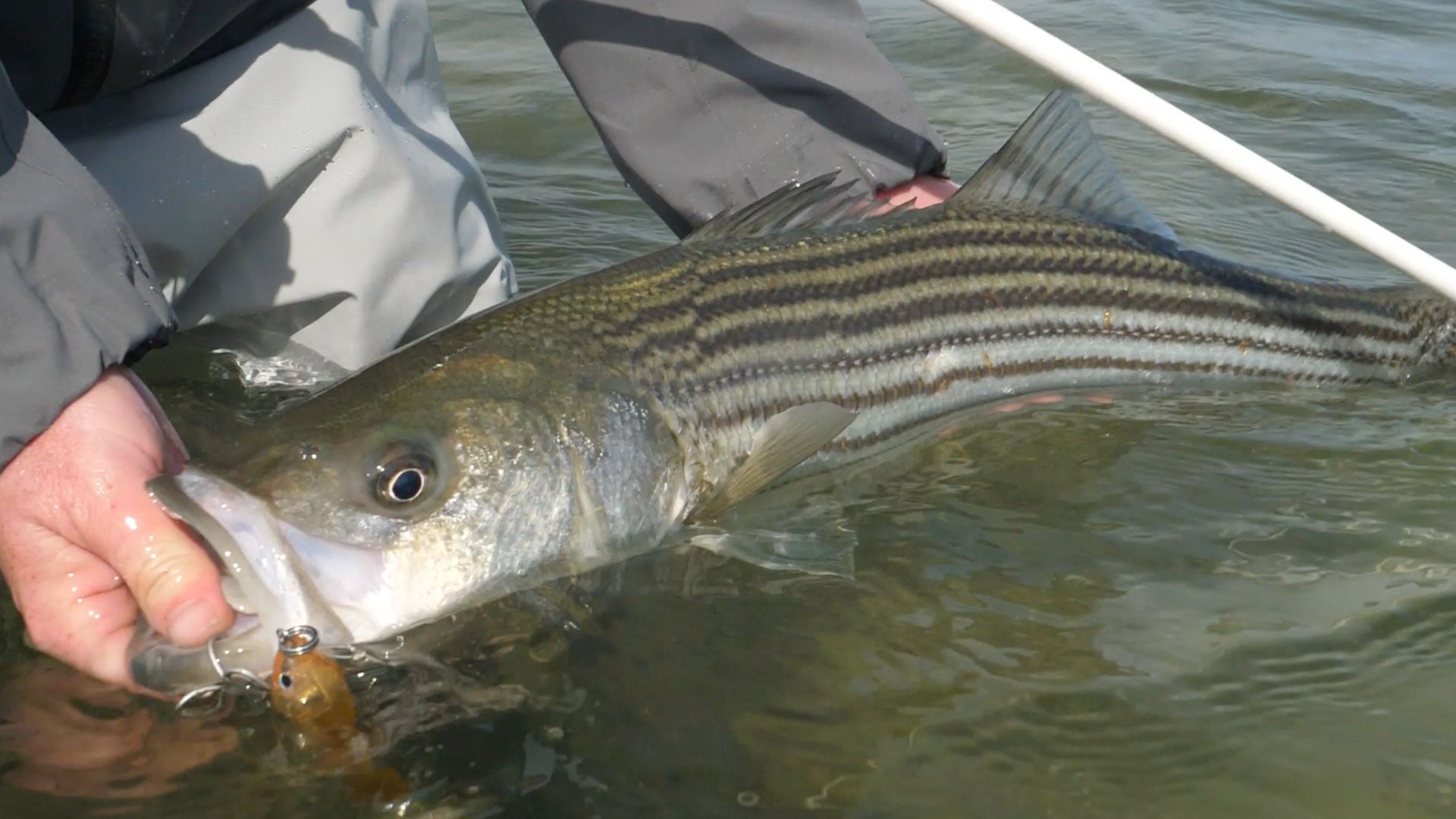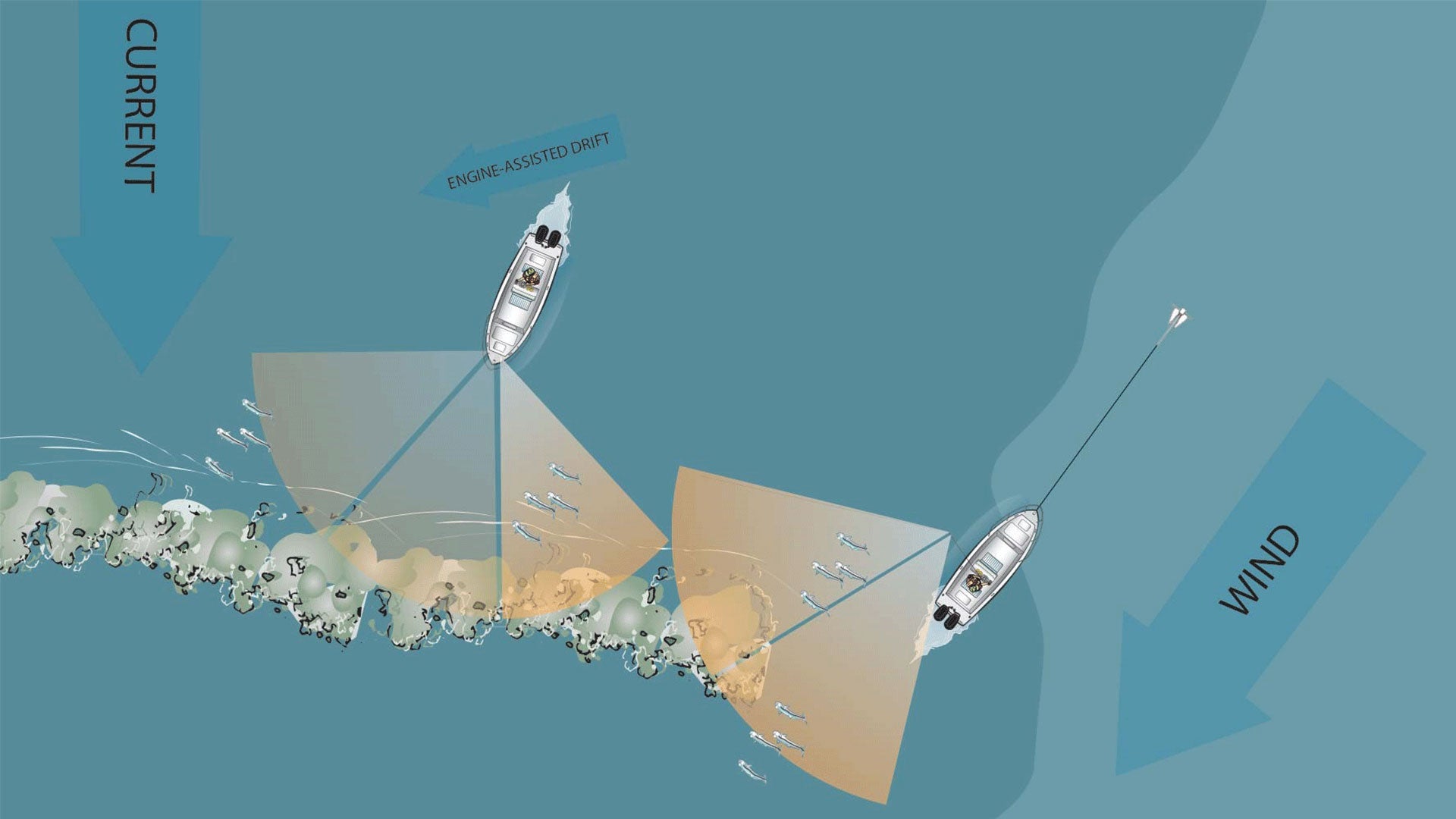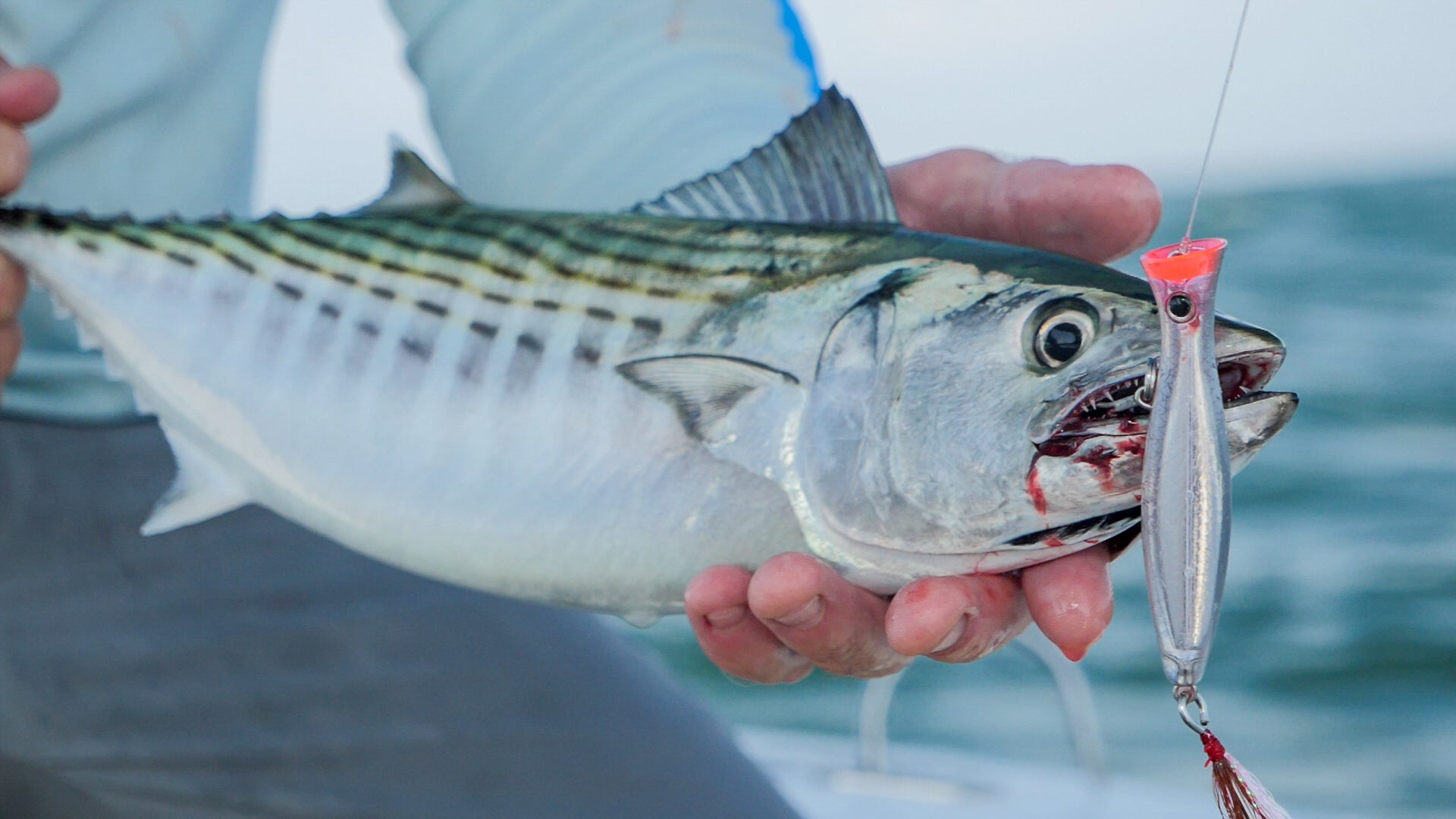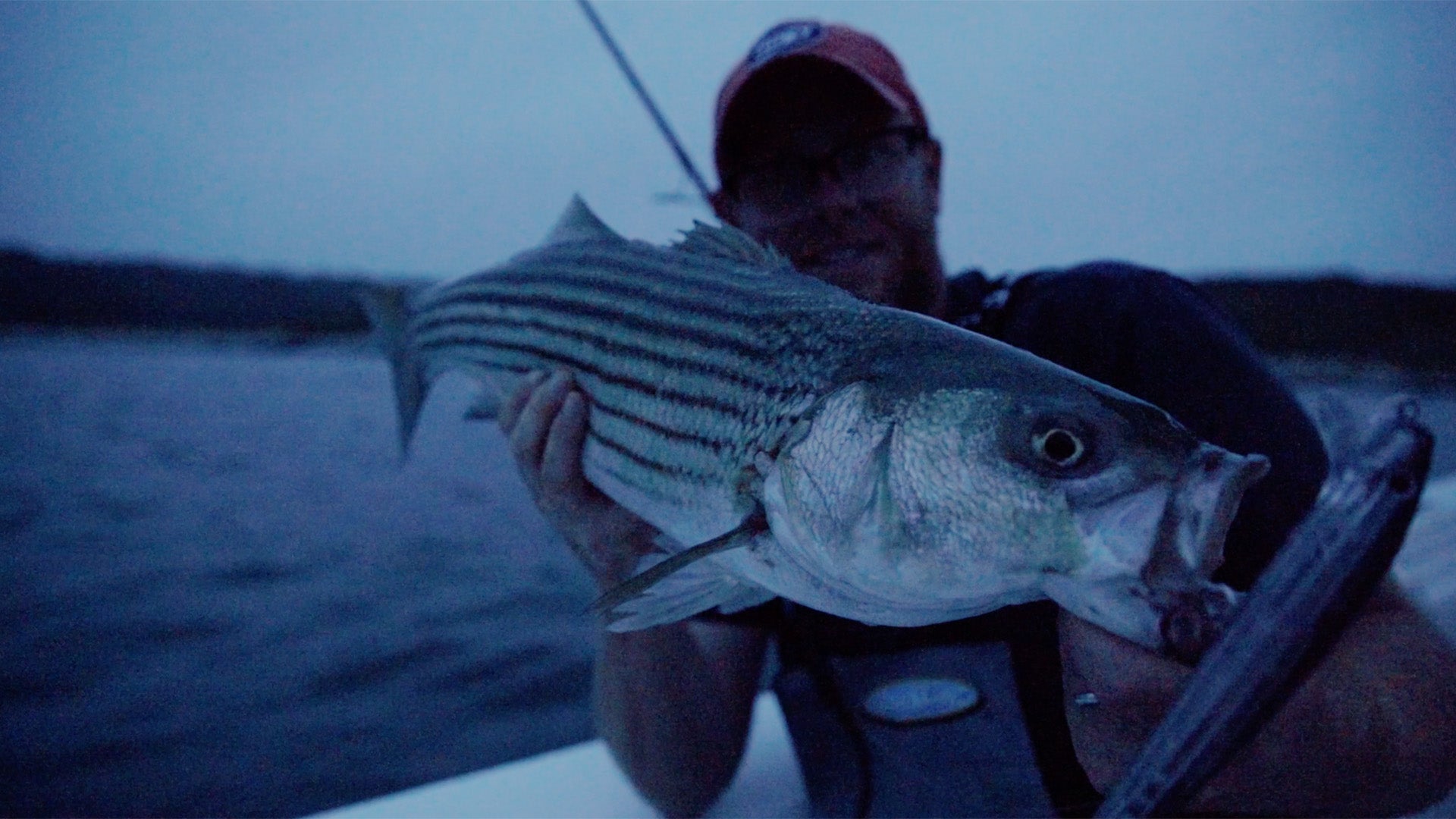We (as an industry and anglers collectively) are receiving new data indicating how damaging two hooks can be on a lure for catch and release fishing. As a result, we’re making big changes in on the hook front as we launch our # Hogy Hook 1 platform. Here, you’ll find an inside look on how and why we design lures relative to hooks and why it matters so, so much.
The good news is that fishing with “just one hook” is one of those rare cases in life where you can have your cake and eat it too. A pragmatic look at the data suggests almost a 50% reduction in striper mortality by reducing just one hook. The good news is that fishing with “just one hook” is one of those rare cases in life where you can have your cake and eat it too. Our in-house R&D and the success we’ve had in filming our inshore plug videos with just one hook since 2022 suggests minimal (if any) change in performance.
Hook Up Ratio:
Maximizing hook up ratios entails a careful analysis of a lure considering the target species, lure size, fish size and speed of retrieval. Hook Up ratio factors down to these:
Placement: It’s according to the laws of physics and common sense that a big fish like a 40” striped bass would want to “headfirst” a very large bait fish like a big menhaden… With this Hook # 1 (what we call the first hook from front to back) is the most important hook in the equation to think about hook up ratio. We dial in this most important hook first. The #2 hook, aka the problem hook with the “secondary grab,” often finding purchase in complex and fragile gill system, near a major artery n the fishes throat, or in its eye is now obsolete.
Hook Type: You have two main choices here. Treble or J-Hook. The safety factors between the two is “about the same” in that they are with ½ of a percentage point of each other but our in-house research suggested that hook up ratio is not even close between a single J-Hook and a single Treble making the choice to move forward with a treble a pragmatic choice and a no brainer.
Hook Size: You want a hook big enough to balance the lure, land big fish but not block out small and medium sized fish. We deferred to industry standard sizing for treble here, a matching the circumference of the treble to the lure.
Hook Strength: We like VMCs 4X trebles. The “Goldilocks’” of hooks. Strong enough to land big inshore fish, but not so strong that they are prohibitively thick where hook penetration might be an issue. Speaking of hook penetration, we find that many In-Line J-hooks have heavier gauge wire to accommodate for the strength of just one hook point. These heavier gauge hooks can impact penetration, particularly with slow moving strikes associated with striped bass. Another + for a singular treble.
Hook Quality: Another + for VMC here. We find VMC hooks fit our lures perfectly, certainly premium quality and perfectly sharpened right out of the package.
Conservation:
At Hogy lures, we understand that most of our inshore plugs are purchased with the intention of targeting large striped bass, snook, and tarpon; all highly prized catches with catch and release rates of over 85% of fish landed of when considering: size slots, creel limits and regulated seasons. With this in mind, we assume that responsible anglers highly value “catch-and-releaseedness” (New technical term!) of a lure. As a top tier lure manufacturer, we pride ourselves with delivering a “fish out of the package” experience. In order to deliver a “whole product” we feel strongly our lures must equally deliver on performance AND conservation.
Driver: We took a data driven approach balanced with pragmatism. Certainly, a single J-Hook will improve release quality but by only a small margin while the hook up ratio plummets. A + for a singular treble hook.
Our current benchmark: using MA DMF statistics on release mortality is 3.4% or less mortality.
Optimal Swimming Action: We take great pride in our meticulous approach to lure design, where every detail is obsessed over to ensure optimal performance. Since day one of making plugs, decades ago, a lures ability to swim with just one treble hook in the front of the lure was a primary specification. We learned, if a lure can swim with just one hook, it can typically swim with two hooks too! This design criteria was driven by our commitment to improving catch and release practices without compromising the hook-up ratio. Today, we are thrilled with the movement to fish with just one hook, allowing us to upgrade our lures to feature an action enhancing flag.
Balance: Perfecting the Foundation with a Single Treble Hook
What We Do:
Why It Matters:
Buoyancy: Achieving the Right Float or Sink with a Front Treble Hook
What We Do:
Why It Matters:
What We Do:
Matching Hook Size and Placement: We ensure that the treble hook size and its front placement are appropriate for the lure size, maintaining optimal action without overwhelming the lure.
Accommodating for Drag: The single front treble hook minimizes drag. To accommodate for the single hook, we often elongate our lures “just a little” in back to simulate drag. That said, we fine a little extra drag of a flag increases the appeal of the lure just a little bit by slowing the wobble down by 10 to 15%. We see the biggest boost of appeal in terms of color and fluidity imparted by the wobble.
Why It Matters:
In July, 2024 we launched the The Hogy Hook (1) Platform: All New Hogy inshore plugs targeted toward a fishery with a meaningful percentage of catch and release fishing (all of them!) that would historically offer two trebles will now feature a singular treble in the #1 hook position (front placement) and action augmented by a hand tide flag in the aft position. *We are working on a road map to re-rig our entire inventory of legacy models and pledge to have accomplished this by 2025.
Hogy’s Hook (1) Platform Architecture
Slow to Medium Speed Plugs: We believe slow to medium speed plugs with a single front-facing (#1 spot) treble hook offers the most practical rigging in terms of BOTH survivability and hook up ratio. Our in-house research shows the greatest hook up ratio with one treble over just (one) J-hook and far fewer gill hooks than with the (two) J-hooks. It’s our opinion that the #1 Treble setup offers the perfect balance between hook-up ratio and safe catch and release. Bass and other predators often strike from the head, reducing the chance of a second hook snagging the fish in the eye, belly, or gills and significantly reduces de-hooking time.
Faster “Pencil & Eraser” Topwater Plugs: High-speed lures often get strikes from behind, making a rear hook the best balance between hook-up rates and fish safety. Front strikes still find the hook since the lure is moving so fast it often “slides into position”.
